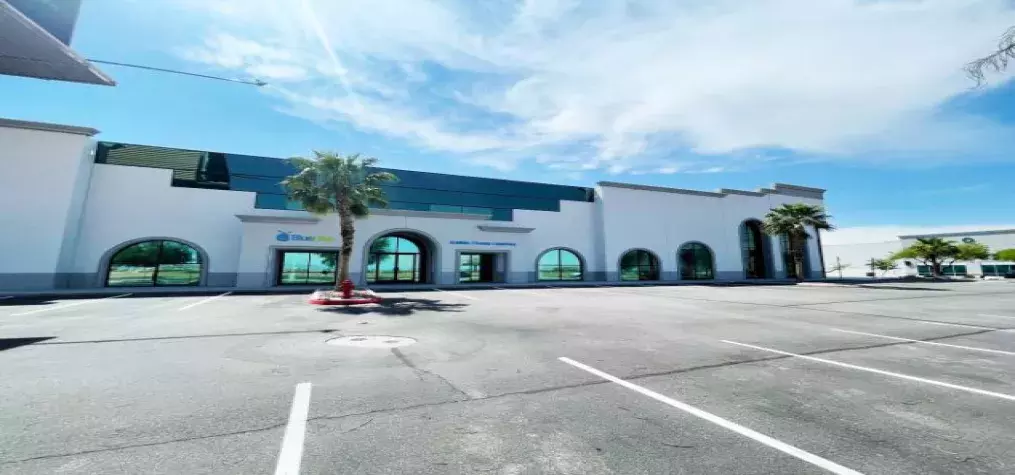Everywhere we look, from every cybersecurity firm that is monitoring the situation, the data indicate an ever-increasing level of cybercrime activity. Cybercrime is the ultimate Energizer Bunny—it just keeps going and going with increasing volume. These are data-driving insights. It is not media hype created simply to drive the cybersecurity industry, but rather hard facts seen from all angles and through all lenses and corroborated by both corporate, nonprofit and government measurements.
Have you stopped to ask why this increase continues and maybe more importantly, why cybercriminals are targeting small and medium-sized businesses, such as associations and nonprofit organizations? Hopefully, this article can shed some light on that subject.
Let’s start with a brief review of the stages of development for an industry. Researchers have identified four common stages for industry development: introduction, growth, maturity and decline. What many non-techies don’t realize is that cybercrime is a trillion-dollar (yes, that’s trillion with a “t”) global industry, when you include online black markets, and unfortunately, it’s just hitting the growth phase. Believe it or not, we’re still in the relatively early stages of a massive global economic issue.
Introduction Phase
In the introduction phase, innovators create new business opportunities, products and services. The market is undefined and there is usually a fair amount of confusion and uncertainty as to where the market will ultimately lead. I would categorize the introduction of cybercrime in the mid-1990s and all the way through the early 2010s as this Introductory phase. Cybercriminals were typically lone wolf techies, and the mechanisms to attack organizations were less developed. Nation states actively developed talent during this phase, but most corporate risk was driven from single or unorganized groups of bad actors.
Growth Stage
The growth stage is defined as a time when the market has developed an understanding of the value of the new offering and demand grows rapidly. A handful of important players usually become apparent, and they compete to establish a share of the new market. This is the phase where business processes are improved and can be generally thought of as the industrialization of a marketplace. This is the phase cybercrime is in today.
There are two key tenets driving the current cybercrime expansion: Profits are easily found in the path of least resistance, and scaling activity is the best path to higher revenue as well as safer criminal operations. Let’s examine how the ransomware sector of this market is scaling its practice.
Whereas it was true in the earlier Innovation stage that bad actors or hackers were often solo individuals, the reality today is that ransomware has matured into an industrial complex that looks identical to most supply chain markets. There are three primary constituents that make up this marketplace, each with their own defined role. These roles are that of the ransomware-as-a-service (RaaS) operator, the service affiliate and the access broker.
Ransomware-as-a-Service Operator
In today’s cybercrime economy, the RaaS operator is the technical expert of ransomware. They are the programmers that develop, test and productize ransomware code, as well as all of the supporting systems and infrastructure to deliver their malware and support the business operations of a ransomware attack. They build the actual malware product, develop and support leak sites that allow the demonstration of proof of a data exfiltration, manage payment processing from victims and also act as communications intermediaries between the victims and the service affiliates.
Service Affiliates
The service affiliates are the users of the RaaS platform. They are typically not as technically advanced, but this is not needed. Their willingness to leverage the tools and processes developed by the RaaS operator allows them to be highly effective hackers and of course, make money with less investment in knowledge and skills. These are the actual folks getting into networks, exfiltrating data and delivering ransomware payloads. This group also provides some layer of obfuscation to the RaaS operators.
Access Brokers
Lastly, how do these service affiliates gain access to an organization’s network? That’s where the third leg of this stool comes in: the access broker. The access brokers are also highly skilled individuals that spend their time developing social engineering campaigns and exploiting known vulnerabilities to gain access to improperly protected networks. Once breached, the broker has then created a new inventory item that can be sold to the highest bidder in the affiliate marketplace. Types of access, types of companies, levels of permissions and the level of infrastructure security protections are all parameters that affect the market pricing for any specific access opportunity.
The investment costs are much lower for affiliates if they simply purchase access and subscribe to a RaaS system. With this lower barrier to entry into the cybercrime economy, there is a flood of service affiliates cashing in on the effective ransomware craze. And as with any economy, as there are more buyers for services, then there are more RaaS operators and access brokers springing up to support the demand.
The Risk for Small and Medium-Sized Businesses
Now for the last piece of the puzzle: Why is the trend for cyber criminals to hit more small and medium-sized businesses continuing? That’s a fairly easy trend to explain as it deals with a basic tendency of human nature: taking the path of least resistance.
If you can make a large amount of money but only after a very long and significant effort, many will choose to make smaller amounts of money by only exerting a relatively small amount of energy. This is becoming even more common as a larger number of less skilled service affiliates enter the hacker marketplace. They don’t have the skills or patience to try to “win the hacking lottery.” A solid living can be gained by picking off an increased number of smaller organizations. Foregoing a $100K ransom paid from a single compromise but getting $10K paid by 10 unique compromises results in the same financial reward.
Additionally, now that large corporations have had years of heavy investing into cybersecurity protections, these larger targets have become much harder to penetrate. Small and medium-sized businesses have yet to make those investments—or have been unable to do so—and typically are far more vulnerable to malicious attacks. It’s easy picking for the affiliates.
So, take heed, association market! The wave is already here, and it’s only going to get worse over the next several years. If you don’t know exactly what your organization’s cyber risks are and if you’re not actively following the trend of your improvement efforts, it’s time to take it seriously and up your game.


